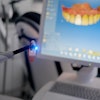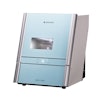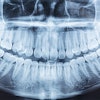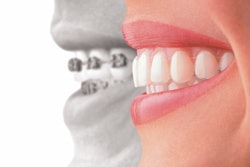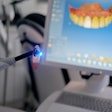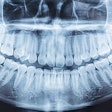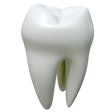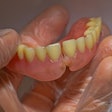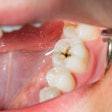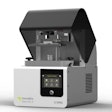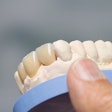Dear Imaging Insider,
When trying to locate microcracks on root dentin after root canal prep, is microcomputed tomography (micro-CT) or cone-beam CT (CBCT) a more effective imaging modality? Researchers scanned 30 molars to find out. Read our Insider Exclusive.
As CBCT uses increases, it is important to understand the amount of radiation pediatric patients are exposed to during dental and maxillofacial exams. Researchers measured the received doses in 22 areas and found that the salivary glands and oral mucosa had the highest radiation levels.
When you are looking for root fractures, conventionally, an image is obtained using an operating microscope after staining with methylene blue dye. However, this method may miss dentine cracks and other crucial clinical information. Researchers wanted to see if a fluorescence camera could measure the depth of these fractures and any bacterial presence in extracted mandibular second molars.
Also in the Imaging Community, you'll find the following recent industry news:
- Orascoptic has debuted TruColor, a color-boosting technology for its loupe-mounted LED headlights.
- Dentsply Sirona has launched a new portal for the secure transmission of scan data and case information. The company also released its 2019 second-quarter financial report.
- Carestream Dental announced that two of its imaging systems have been certified for use with Dentsply Sirona's SureSmile aligner system.
